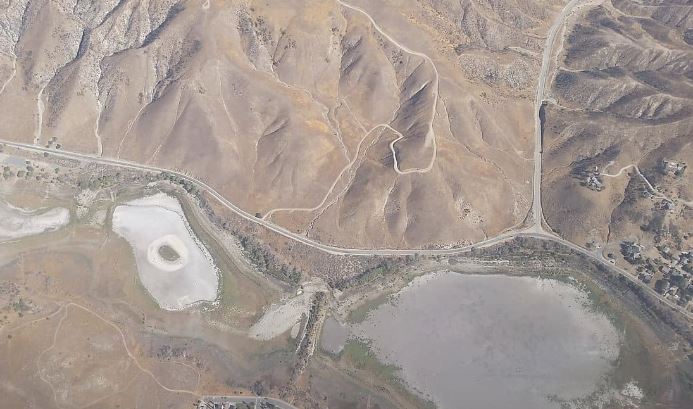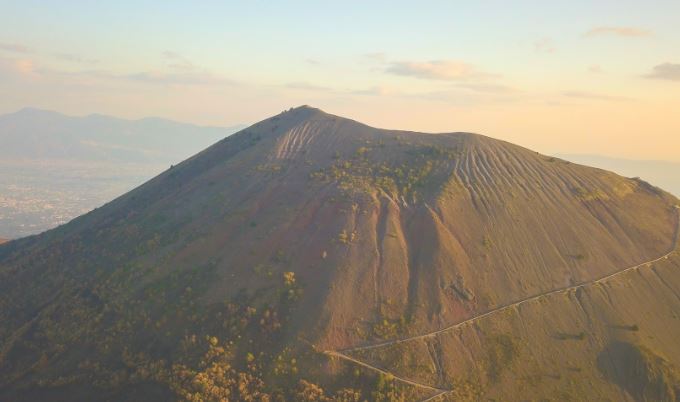Drought has 4 main types.
Drought is typically classified into 4 types: Low rain or precipitation causes meteorological drought, while lack of soil moisture causes agricultural drought. Hydrological drought stems from low water levels in lakes and other water sources. Lastly, drinking and tap water shortages lead to socioeconomic drought.
Predicting droughts takes a while.
One of the more alarming drought facts: Droughts are not as predictable as other sudden weather events such as hurricanes, thunderstorms, and tornadoes. It might take weeks or months to identify the initial effects of a drought, much less predict when it ends.
Climate change has already been affecting global patterns not only in terms of drought, but also in hydroclimate trends and variability. Subsequently, these patterns of abnormal weather is expected to continue as long as the world continues to warm.
Trees can determine climate and drought patterns.
NASA research uses tree rings in comprehending past models of droughts and climate. They incorporate soil moisture data into the estimation of future risks of drought in the 21st century. As a result, NASA has found how humans have been influencing global drought patterns for almost a century now.
Dust bowls result in the complete blowing away of the topsoil layer. Hence, the soil left behind would not have ample nutrients left to sustain crop growth after the end of the drought.
The Texas drought lasted 5 years.
Starting in May 2010, Texas suffered a drought period for the longest time since 2000. It ended in July 2015, with the most intense period observed the week of October 4, 2011.
A Californian drought once lasted 8 years.
California suffered its longest drought period from December 2011 to March 2019. Moreover, the most intense period was observed in the week of July 29, 2014.
Since the state kept records starting in 1895, California has recorded its driest season from the fall of 2011 to the fall of 2015. Record history also shows that 2014 and 2015 were the state’s hottest years, following worsened effects due to high temperatures.
One of the drought facts that shows how it can affect us is that drought can cause wars. Such was the case in Darfur, Sudan. The conflict arose from decades of drought, overpopulation, and land degradation. In these cases, people were forced to find access to water outside of their respective regions, causing territorial disputes.


